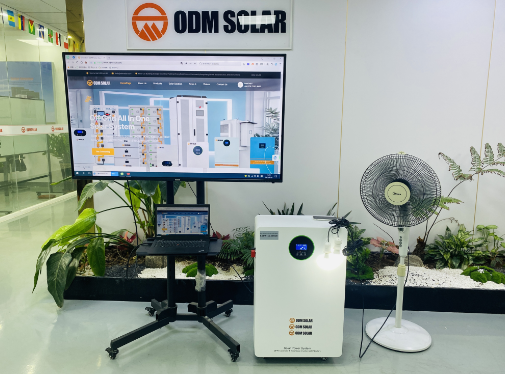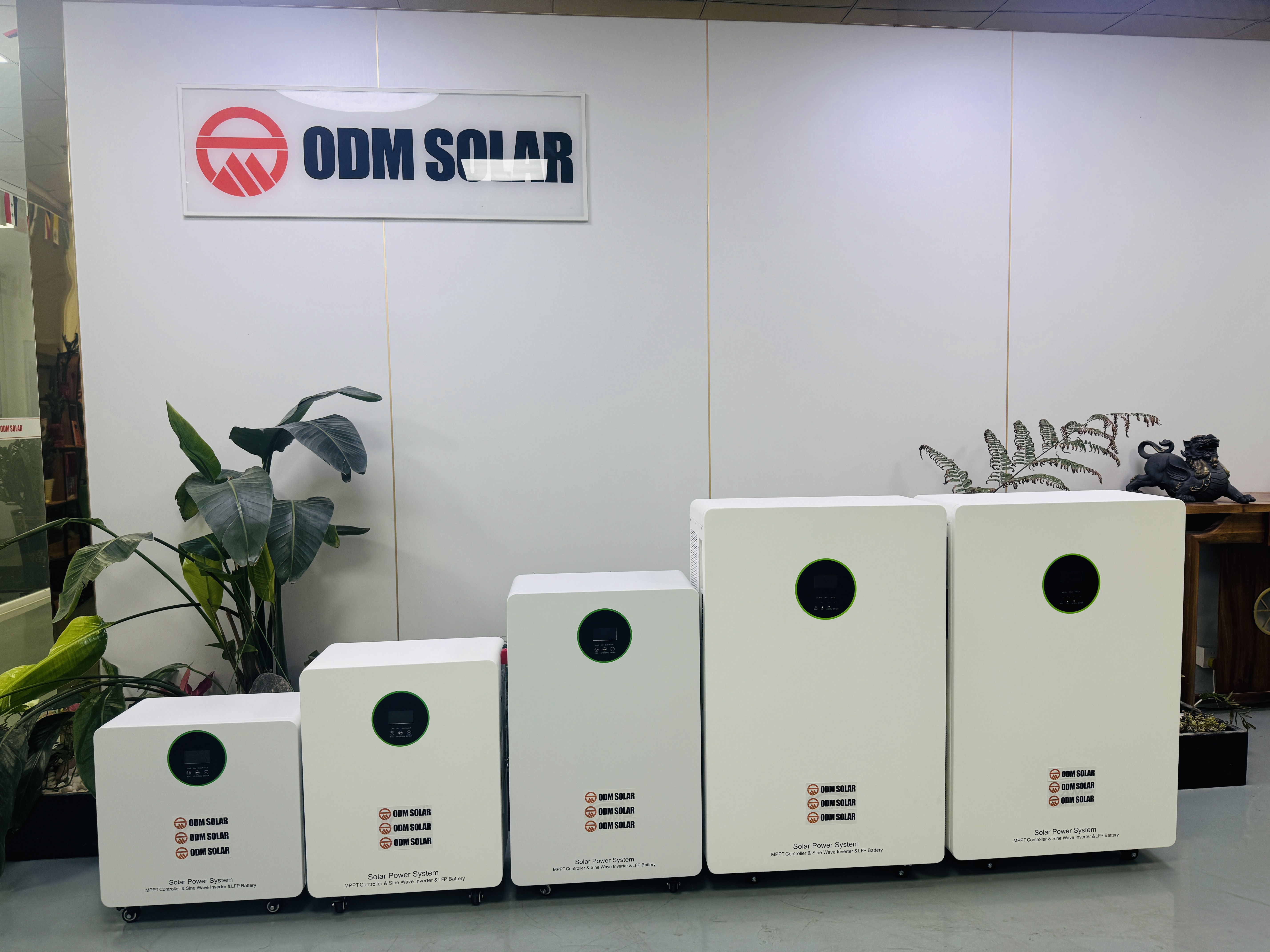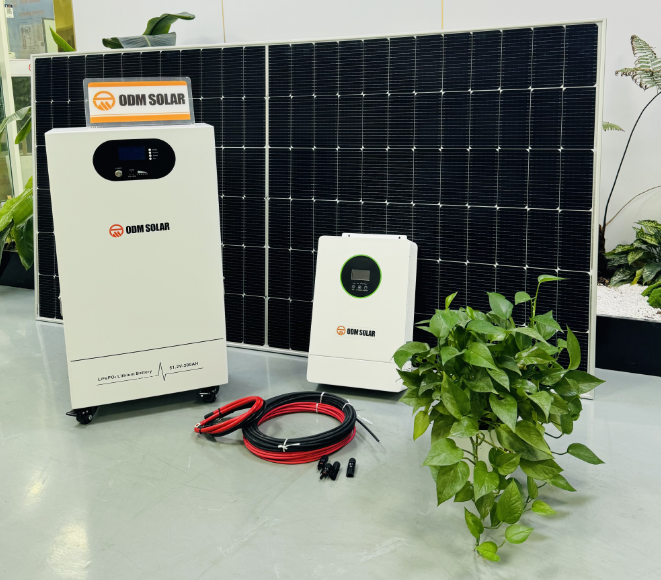Is a 5.5kW All In One Solar Power System for You?
Considering solar power for your home or business? A 5.5kW all-in-one solar system is a popular choice for many households, offering a balance between affordability and energy independence. But is it the right fit for your energy needs?
In this guide, we’ll break down:
What a 5.5kW all-in-one solar system includes
How much power it generates
Who it’s best suited for
Key benefits and potential drawbacks
Costs & return on investment (ROI)
By the end, you’ll know whether this system is the perfect match for your home!
What is a 5.5kW All-In-One Solar System?
An all-in-one solar system combines solar panels, an inverter, and sometimes a battery into a single, streamlined package. A 5.5kW system typically includes:
Solar Panels – Around 14-16 panels (400W each)
Hybrid Inverter – Converts solar energy for home use & grid feedback
Battery (Optional) – Stores excess energy for nighttime/blackouts
Mounting & Monitoring – Easy installation & real-time tracking
Unlike traditional setups, all-in-one systems are pre-configured, making installation faster and simpler.
How Much Power Does a 5.5kW System Produce?
A 5.5kW solar system generates approximately:
18–24 kWh per day (depending on sunlight)
540–720 kWh per month
6,500–8,500 kWh per year
What Can It Power?
This system can cover:
Medium to large homes (3-5 bedrooms)
Essential appliances (fridge, lights, TV, washing machine)
Partial AC usage (1-2 hours per day)
Electric vehicle charging (moderate use)
If paired with a 10kWh battery, it can also provide backup power during outages.
Who is a 5.5kW All-In-One System Best For?
Ideal For:
Families with moderate-high electricity bills ($150–$300/month)
Homeowners looking to reduce grid dependence (50–80% savings)
Those in sunny or moderately sunny regions
People who want a simple, plug-and-play solar solution
Key Benefits of a 5.5kW All-In-One Solar System
1. Lower Electricity Bills
Reduces reliance on the grid by 50–80%
Can eliminate peak-hour charges
2. Easy Installation & Maintenance
Pre-configured system = faster setup
Minimal wiring & fewer components
3. Energy Independence
Optional battery backup for power outages
Protection against rising electricity costs
4. Eco-Friendly & Future-Proof
Reduces carbon footprint
Increases home value
5. Government Incentives
Many countries offer tax credits, rebates, or feed-in tariffs
Potential Drawbacks to Consider
1. Upfront Cost
$10,000–$18,000 (before incentives)
Battery storage adds $4,000–$8,000
2. Weather-Dependent
Less efficient on cloudy/rainy days
May need grid backup in winter
3. Roof Space Requirement
Needs 30–40 sq. meters of unshaded roof space
Next Steps
Get a free solar assessment from a local installer
Compare quotes for all-in-one vs. custom systems
Check for government incentives in your area
Still unsure? Drop your questions below!
#SolarPower #AllInOneSolar #HomeEnergy #RenewableEnergy #SolarPanels









